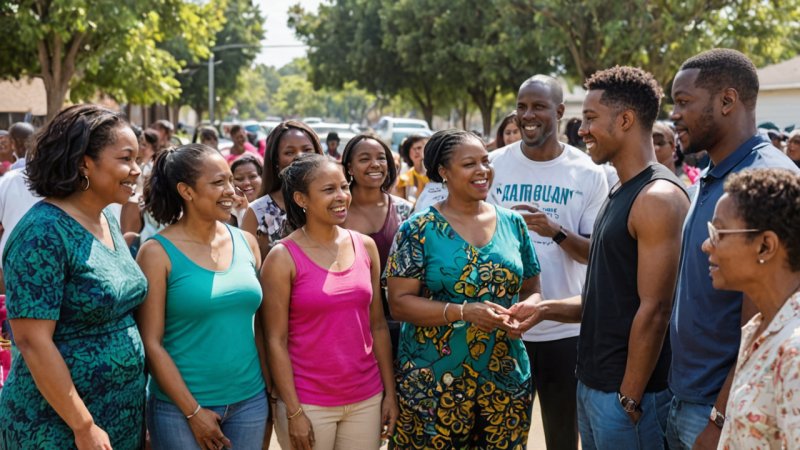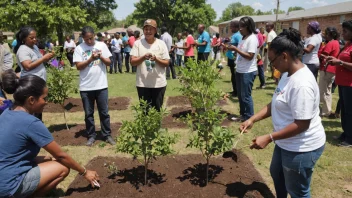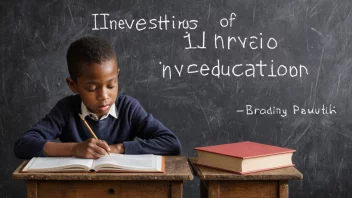Community outreach and engagement are vital components for fostering a sense of belonging, promoting social justice, and driving positive change within communities. Effective outreach strategies can bridge gaps between individuals and organizations, ensuring that resources and support reach those who need them most. This article will delve into best practices for community outreach and engagement, exploring various methodologies, successful case studies, and the importance of cultural competence and inclusivity. By understanding and implementing these practices, individuals and organizations can create meaningful connections and contribute to the overall health and wellbeing of their communities.
Understanding Community Outreach
Community outreach refers to the efforts made by organizations and individuals to connect with community members to provide services, resources, and support. This can include educational programs, health services, advocacy initiatives, and social services aimed at addressing the needs of a specific community. The primary goal of outreach is to empower individuals and foster a sense of community ownership and participation.
The Importance of Outreach
Outreach is crucial for several reasons:
- Building Trust: Establishing trust is essential for effective communication. Outreach efforts help create relationships between organizations and community members.
- Identifying Needs: Through outreach, organizations can better understand the needs and challenges faced by community members, allowing for tailored programs and services.
- Resource Distribution: Outreach ensures that resources are distributed equitably, reaching underserved populations who may otherwise be overlooked.
- Encouraging Participation: Engaging community members fosters a sense of ownership, encouraging them to take part in initiatives that affect their lives.
Best Practices for Effective Community Outreach
Implementing effective outreach strategies requires a thoughtful approach. Here are some best practices to consider:
1. Know Your Community
Understanding the demographics, culture, and unique challenges of the community is essential. Conducting surveys, focus groups, and community meetings can provide valuable insights into the needs and preferences of community members.
2. Build Relationships
Establishing relationships with community leaders, local organizations, and residents can enhance outreach efforts. Collaborating with trusted voices within the community can facilitate engagement and increase credibility.
3. Use Multiple Communication Channels
Utilizing a variety of communication methods—such as social media, flyers, community events, and door-to-door outreach—ensures that information reaches a broader audience. Tailoring messages for different platforms can also increase engagement.
4. Prioritize Cultural Competence
Understanding and respecting cultural differences is crucial for effective outreach. Training staff and volunteers in cultural competence can help ensure that outreach efforts are sensitive to the diverse backgrounds of community members.
5. Empower Community Members
Encouraging community members to take an active role in outreach initiatives fosters ownership and investment in the outcomes. Providing training, resources, and support can help empower individuals to lead efforts in their own communities.
Successful Case Studies of Community Outreach
Examining successful outreach initiatives can provide valuable lessons and inspiration for future efforts. Here are a few notable examples:
1. The Harlem Children’s Zone
The Harlem Children’s Zone (HCZ) is a pioneering initiative aimed at breaking the cycle of poverty in Harlem, New York. HCZ employs a comprehensive approach, offering educational support, health services, and social services to children and families. Their outreach efforts include home visits, community events, and partnerships with local schools, which have resulted in significant improvements in educational outcomes and community cohesion.
2. Community Food Banks
Food banks across the country have successfully engaged communities by implementing outreach programs that address food insecurity. Initiatives such as mobile food pantries, community gardens, and nutrition education workshops have empowered individuals to access healthy food options while fostering community engagement and support.
3. The Neighborhood Assistance Corporation of America (NACA)
NACA is a nonprofit organization that provides housing counseling and advocacy to low-income individuals. Their outreach efforts include financial literacy workshops, homeownership seminars, and community events. By engaging directly with residents, NACA has helped thousands achieve homeownership and financial stability.
Challenges in Community Outreach
While community outreach is essential, it is not without challenges. Some common obstacles include:
- Lack of Resources: Limited funding and staffing can hinder outreach efforts, making it challenging to reach all community members.
- Resistance to Engagement: Some individuals may be hesitant to engage with organizations due to past negative experiences or mistrust.
- Cultural Barriers: Language differences and cultural misunderstandings can pose challenges in communication and engagement.
Measuring Success in Outreach Initiatives
Evaluating the effectiveness of outreach efforts is crucial for continuous improvement. Here are some key indicators to consider:
1. Participation Rates
Tracking the number of participants in outreach programs can provide insight into community engagement levels. Increases in participation over time can indicate successful outreach.
2. Feedback and Surveys
Gathering feedback from community members through surveys can help assess the impact of outreach initiatives and identify areas for improvement.
3. Outcomes and Impact
Evaluating the outcomes of outreach programs—such as improved access to resources, increased awareness of services, and enhanced community cohesion—can demonstrate the effectiveness of initiatives.
How Individuals Can Get Involved
Community outreach is not solely the responsibility of organizations; individuals can play a significant role as well. Here are some ways to get involved:
- Volunteer: Offer your time and skills to local organizations engaged in outreach efforts.
- Advocate: Raise awareness about community issues and advocate for policies that support marginalized populations.
- Participate: Attend community meetings, workshops, and events to stay informed and engaged.
- Share Resources: Use your networks to connect others with valuable resources and support.
Conclusion
Effective community outreach and engagement are essential for building strong, resilient communities. By understanding best practices, learning from successful initiatives, and overcoming challenges, individuals and organizations can work together to create meaningful change. Whether through volunteering, advocating, or simply participating in community events, everyone has a role to play in fostering a sense of belonging and empowerment. Together, we can create a brighter future for all.






